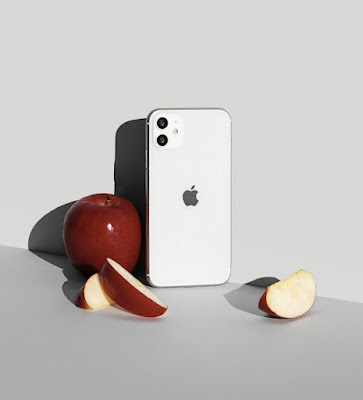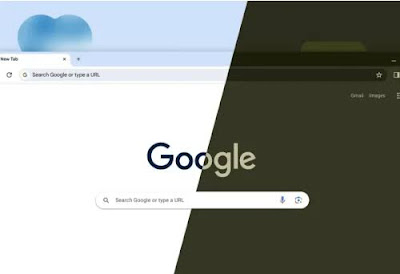Regarding the testing of new Copilot capabilities in Windows 11, Microsoft states in their most recent Windows Insider blog entries that "We have decided to pause the rollouts of these experiences to further refine them based on user feedback." As we continue to develop new concepts with Windows Insiders, "Copilot in Windows will continue to work as expected" for those who currently have the feature.
With 2024 dubbed "the year of the AI PC" and a new Copilot key on Windows keyboards, Microsoft is hosting an AI event on May 20th, which would be a good moment to reveal additional details about what's coming up next.
Expect Windows on Arm-powered Surface computers from Qualcomm, which aim to rival Apple's M3-powered MacBook Air. Meanwhile, new Windows features are anticipated to highlight the concept of a "Copilot for every person" and include an AI Explorer app that mimics the previous
.jpeg)



.jpeg)










.jpeg)

.jpeg)
.jpeg)












.jpeg)










